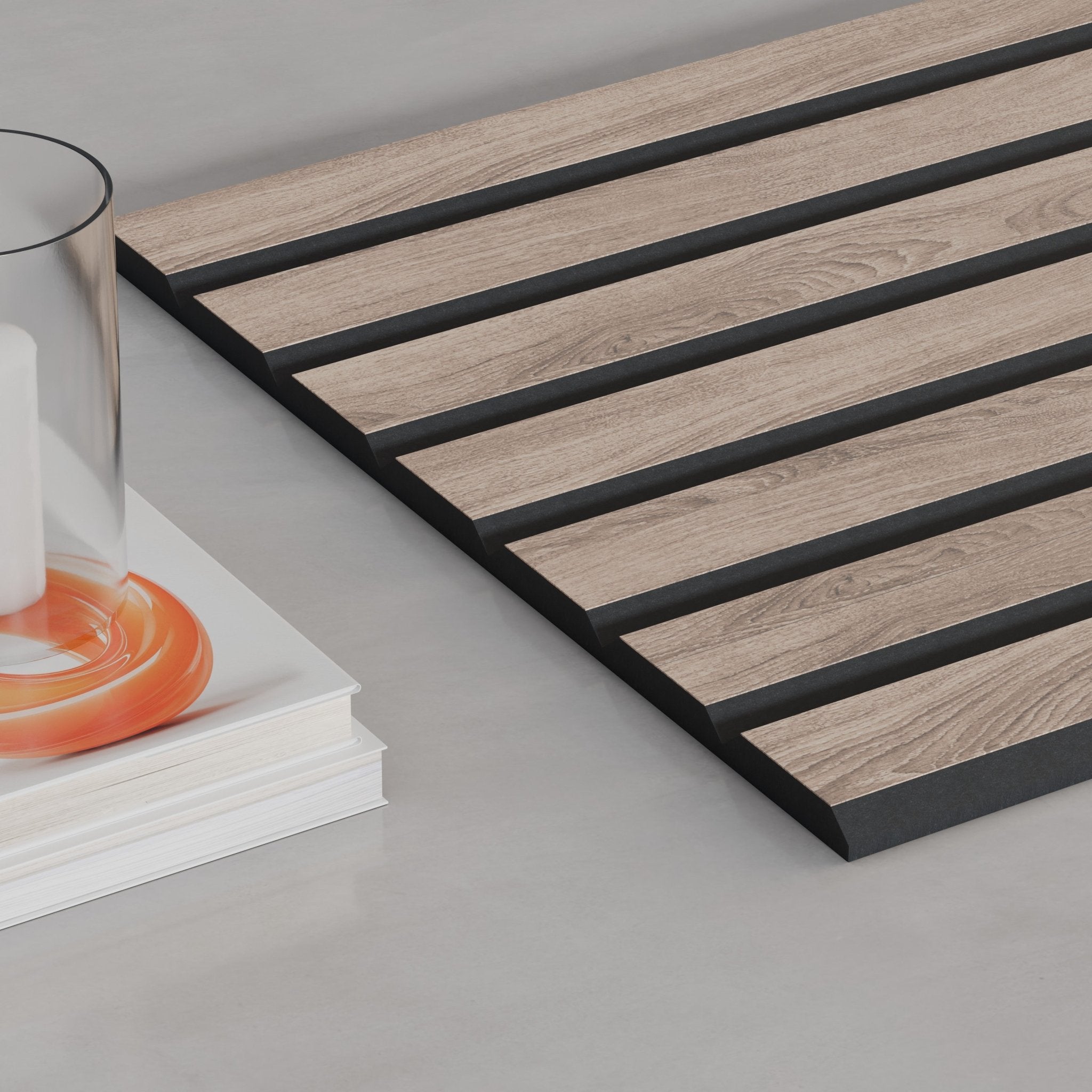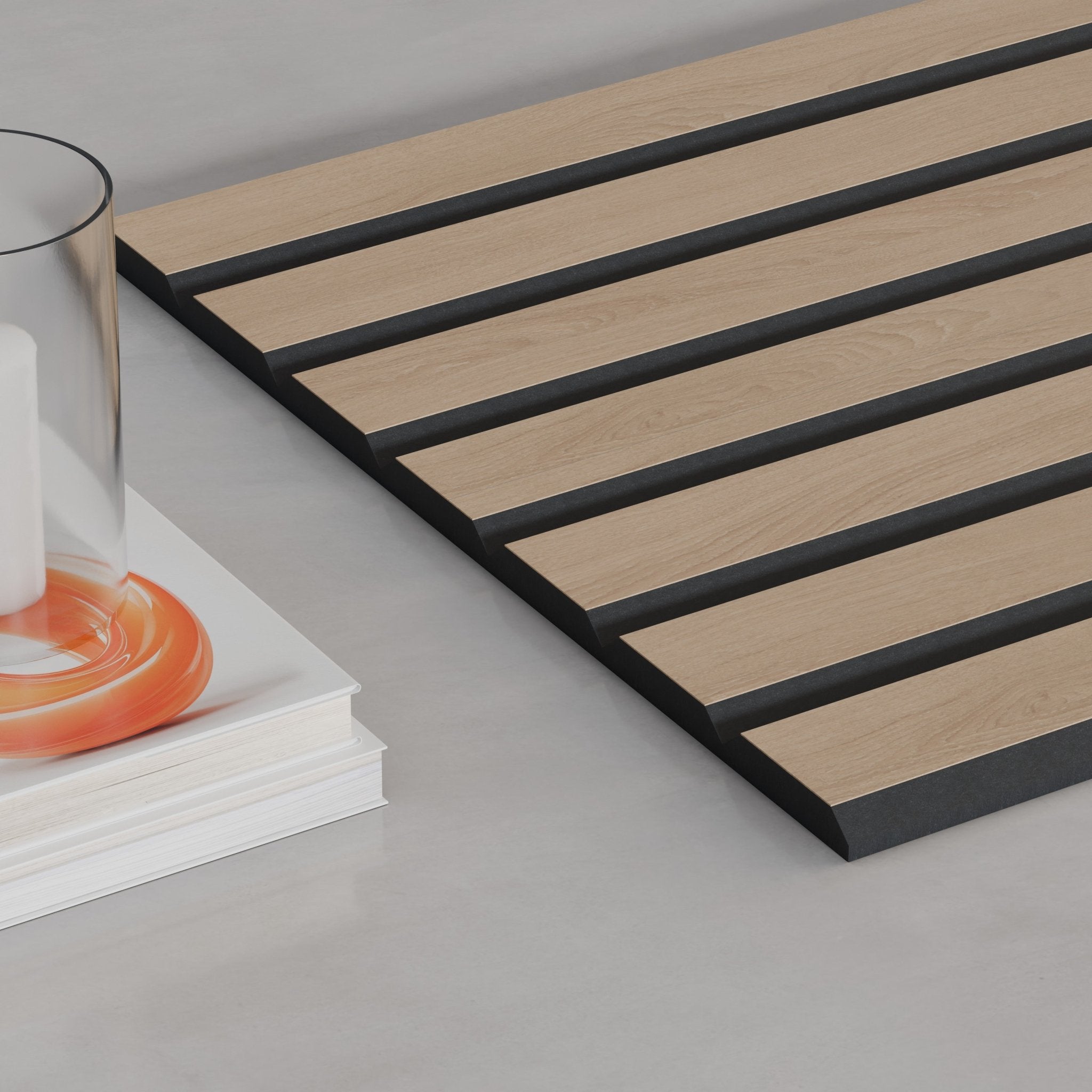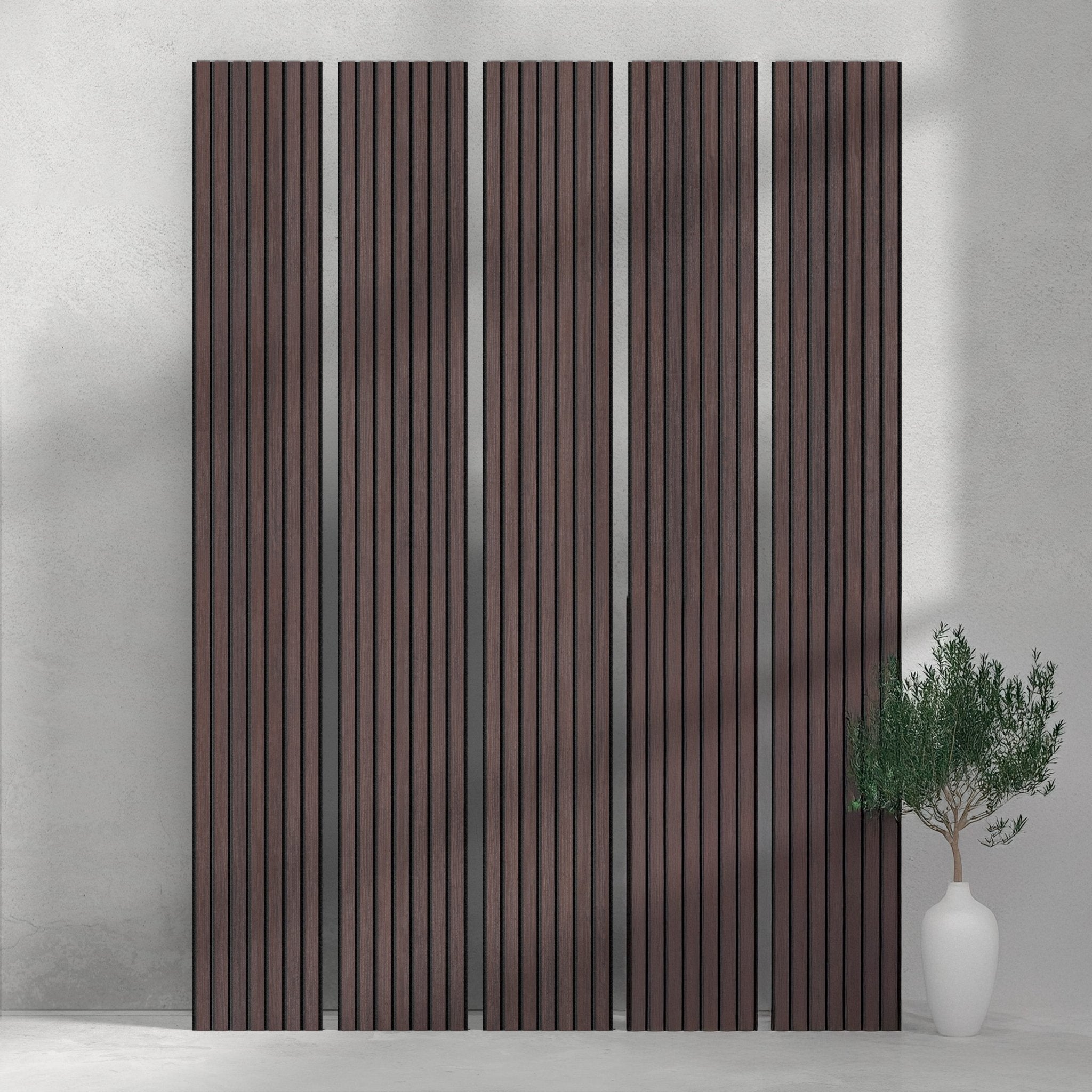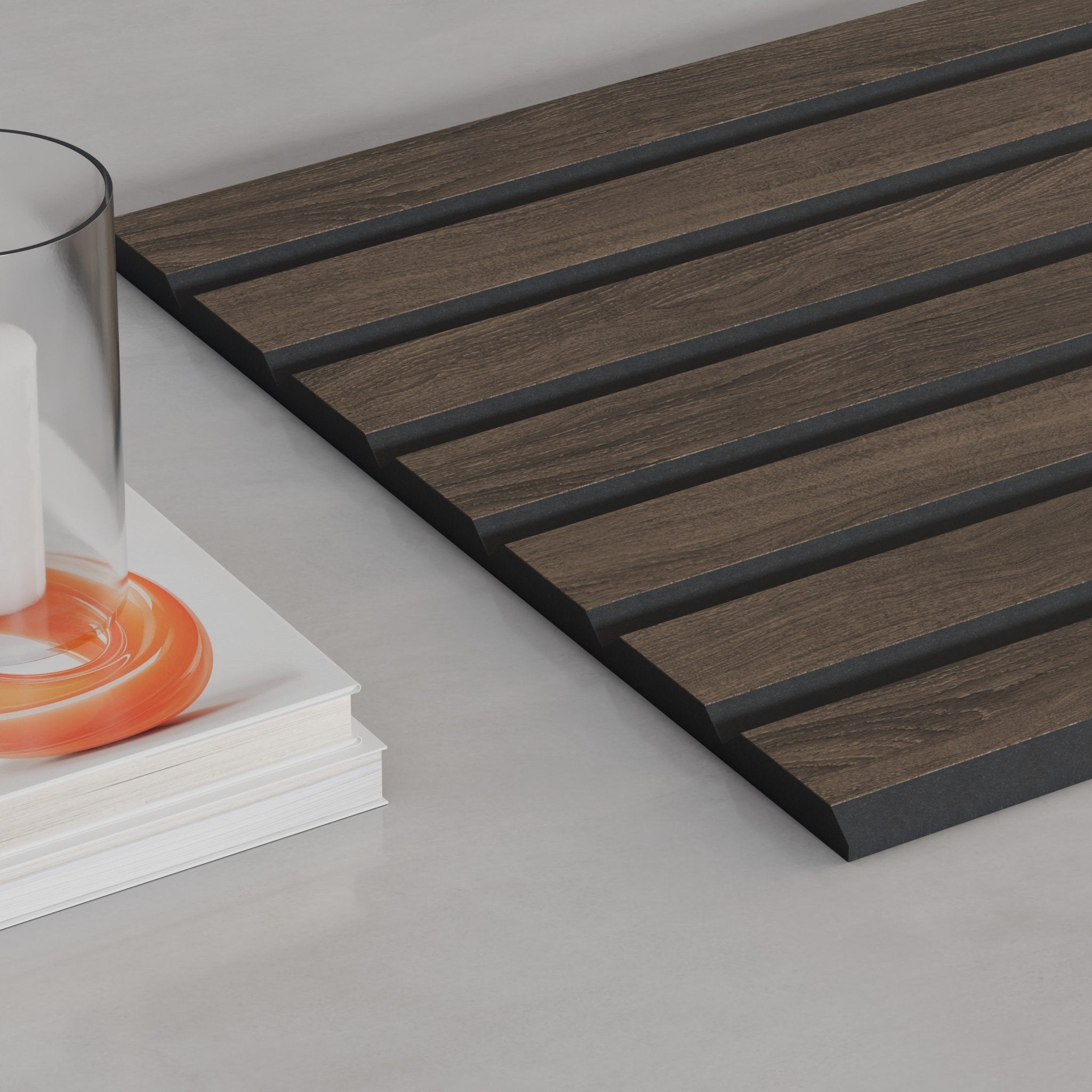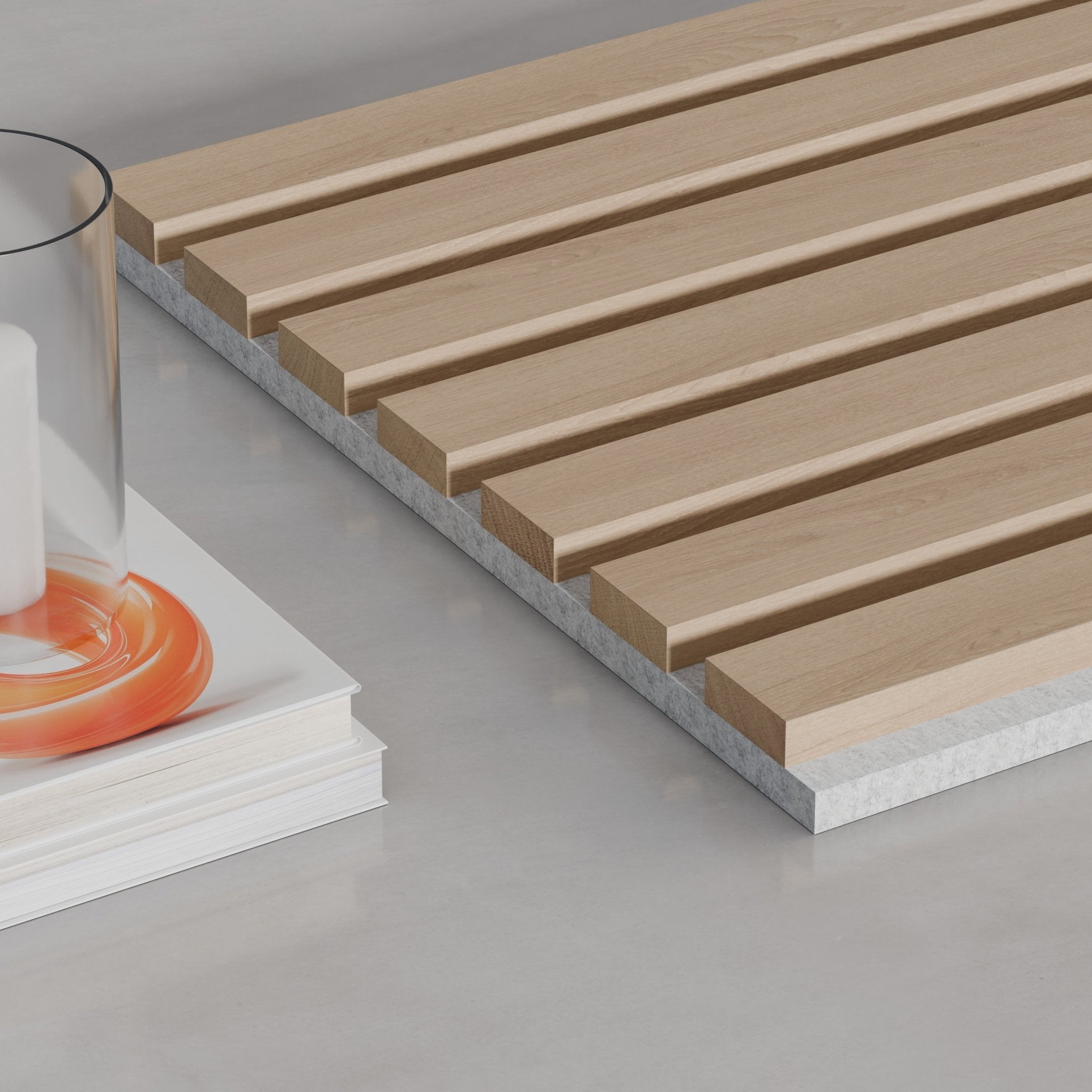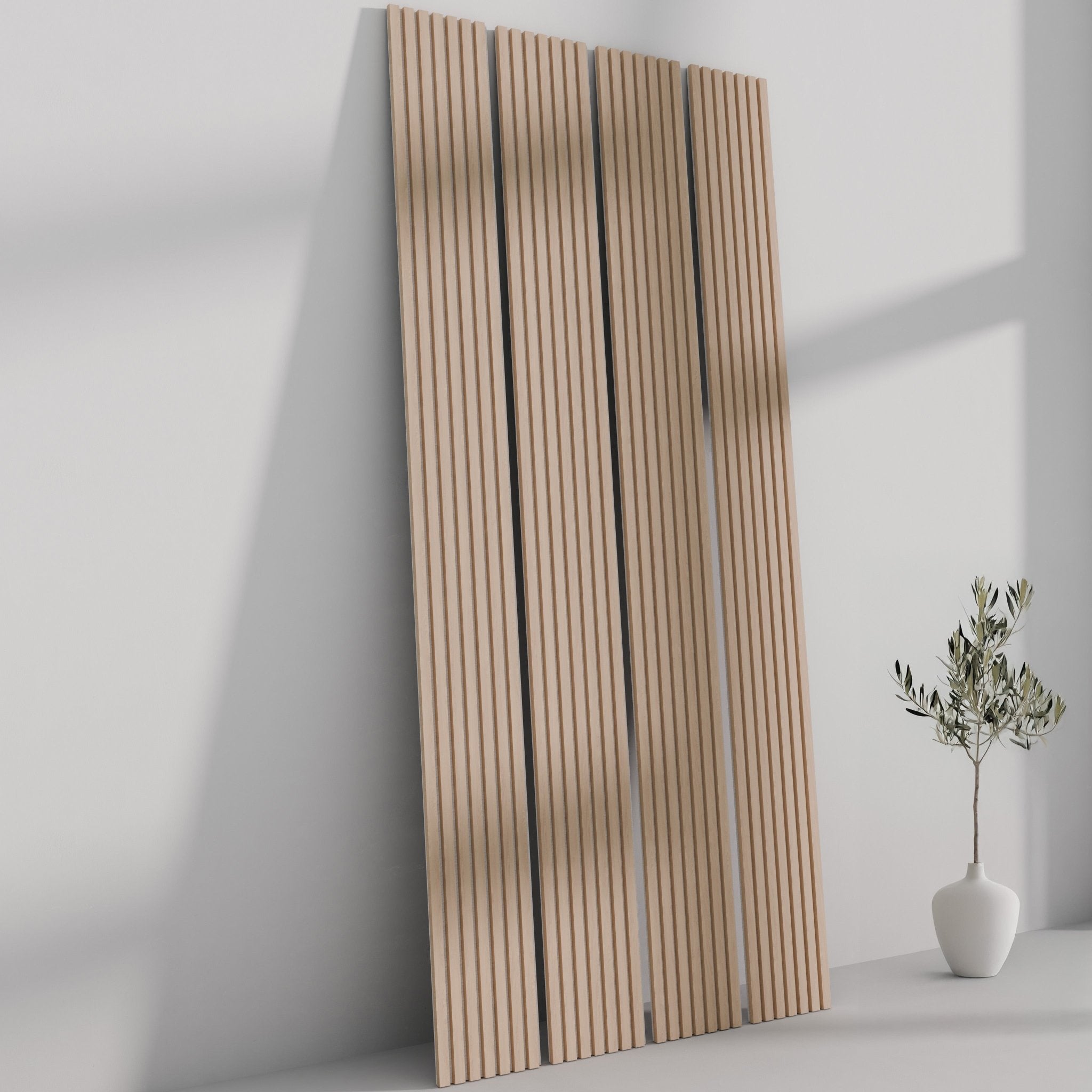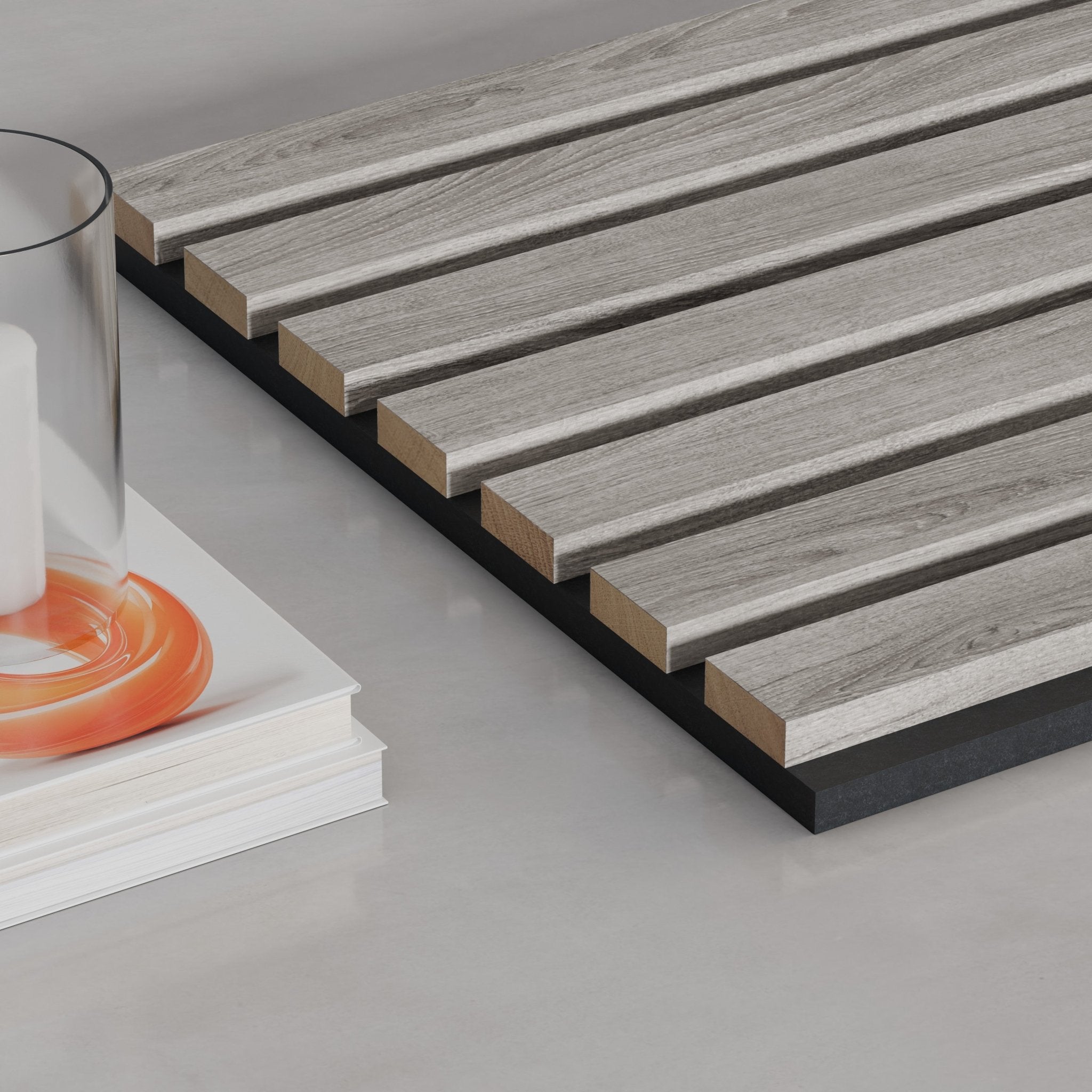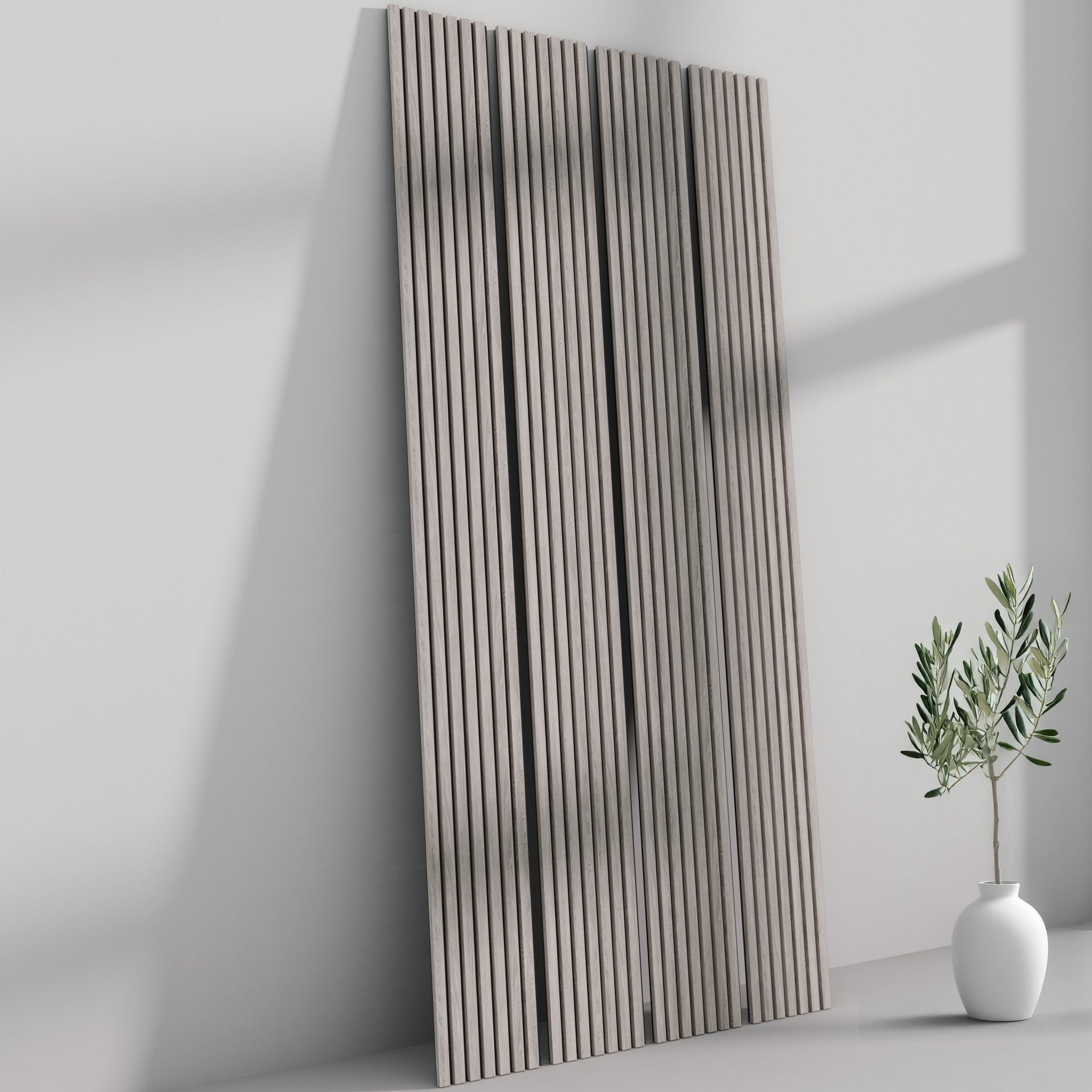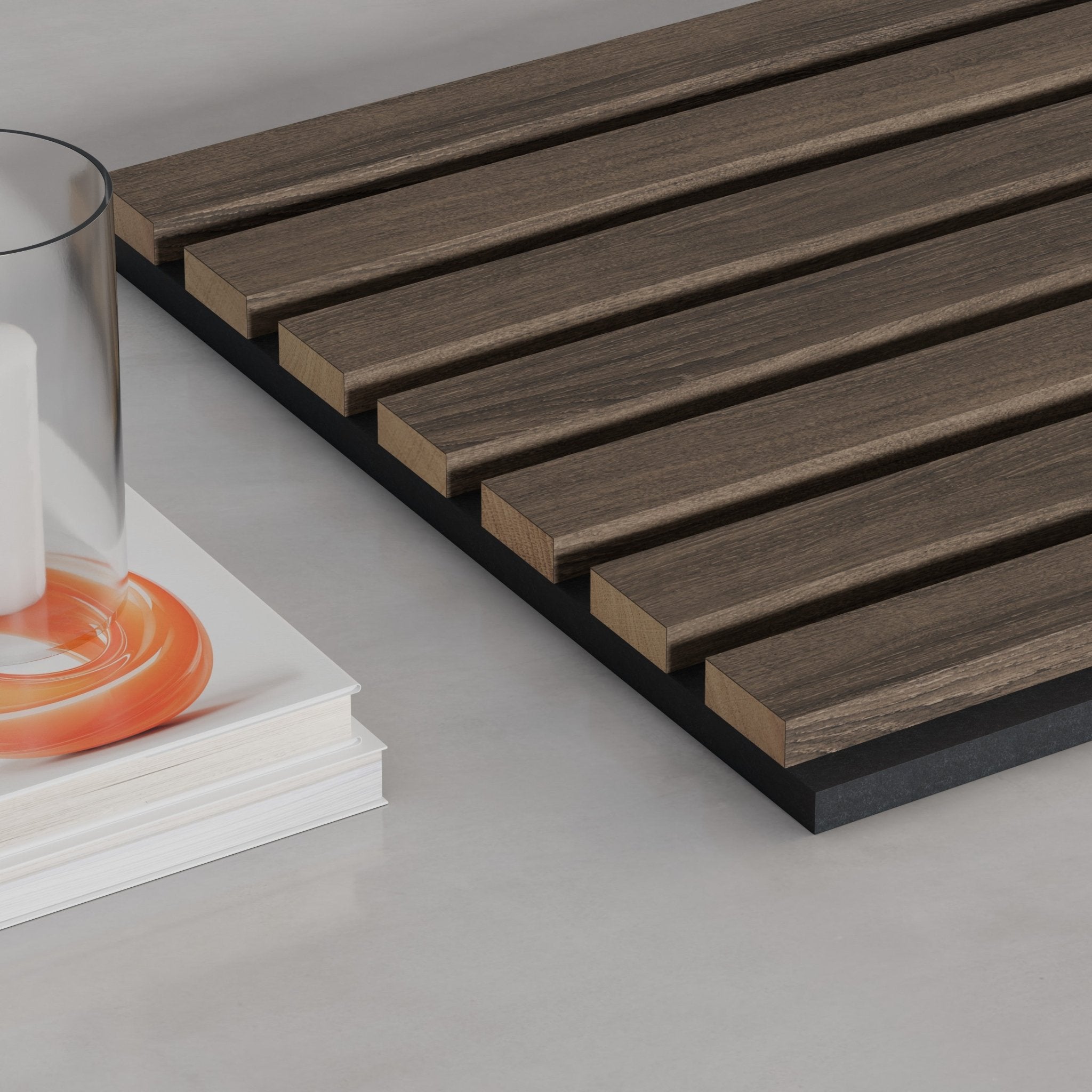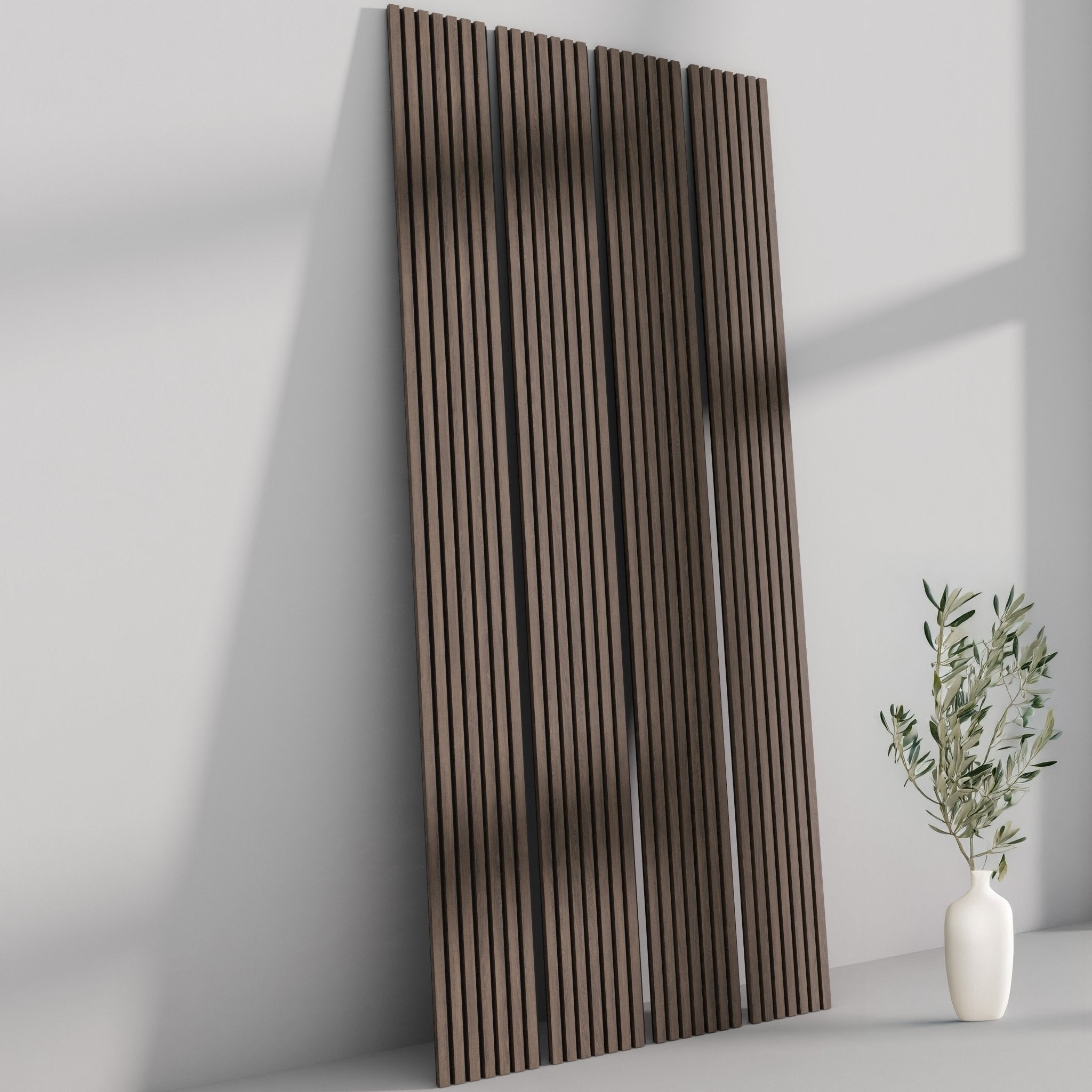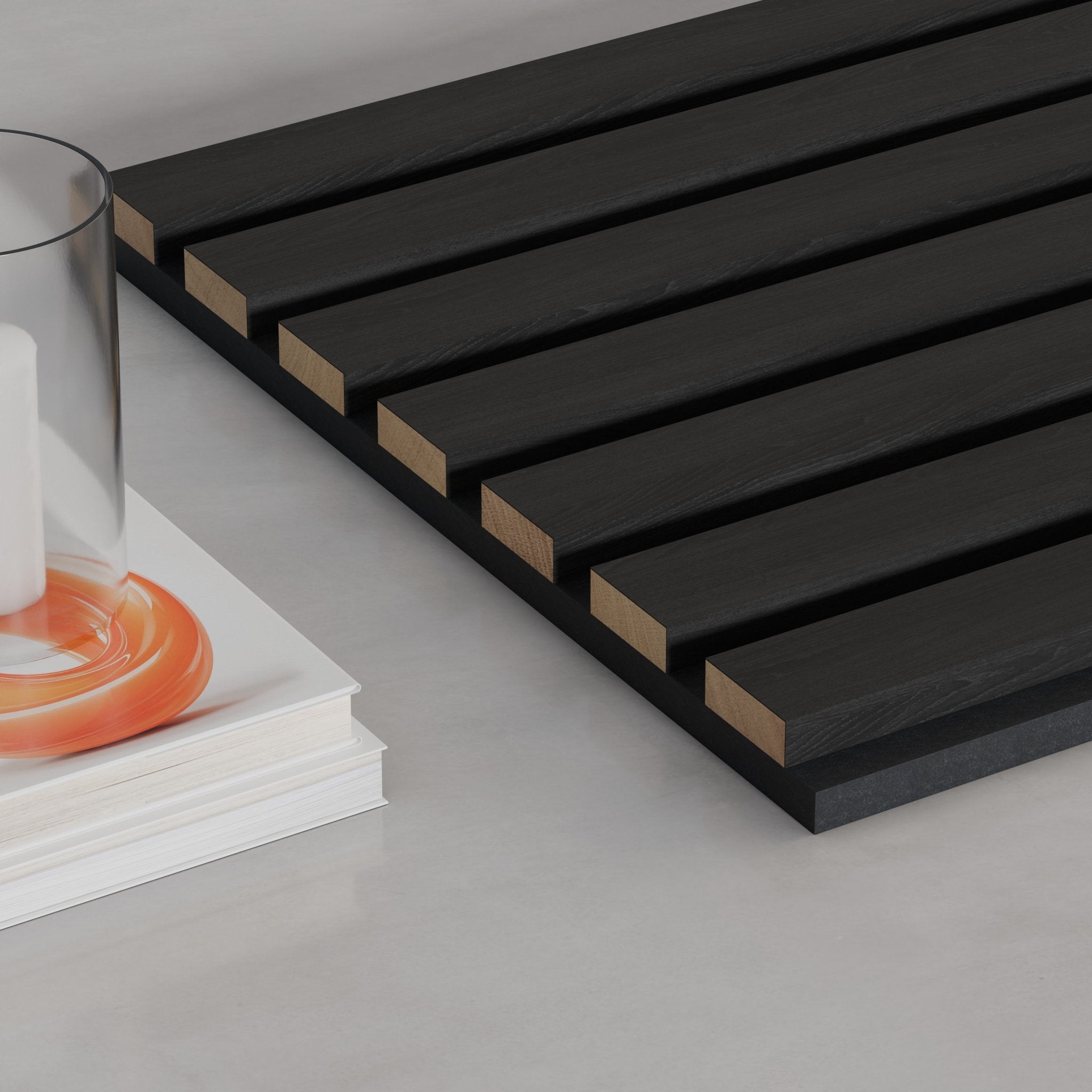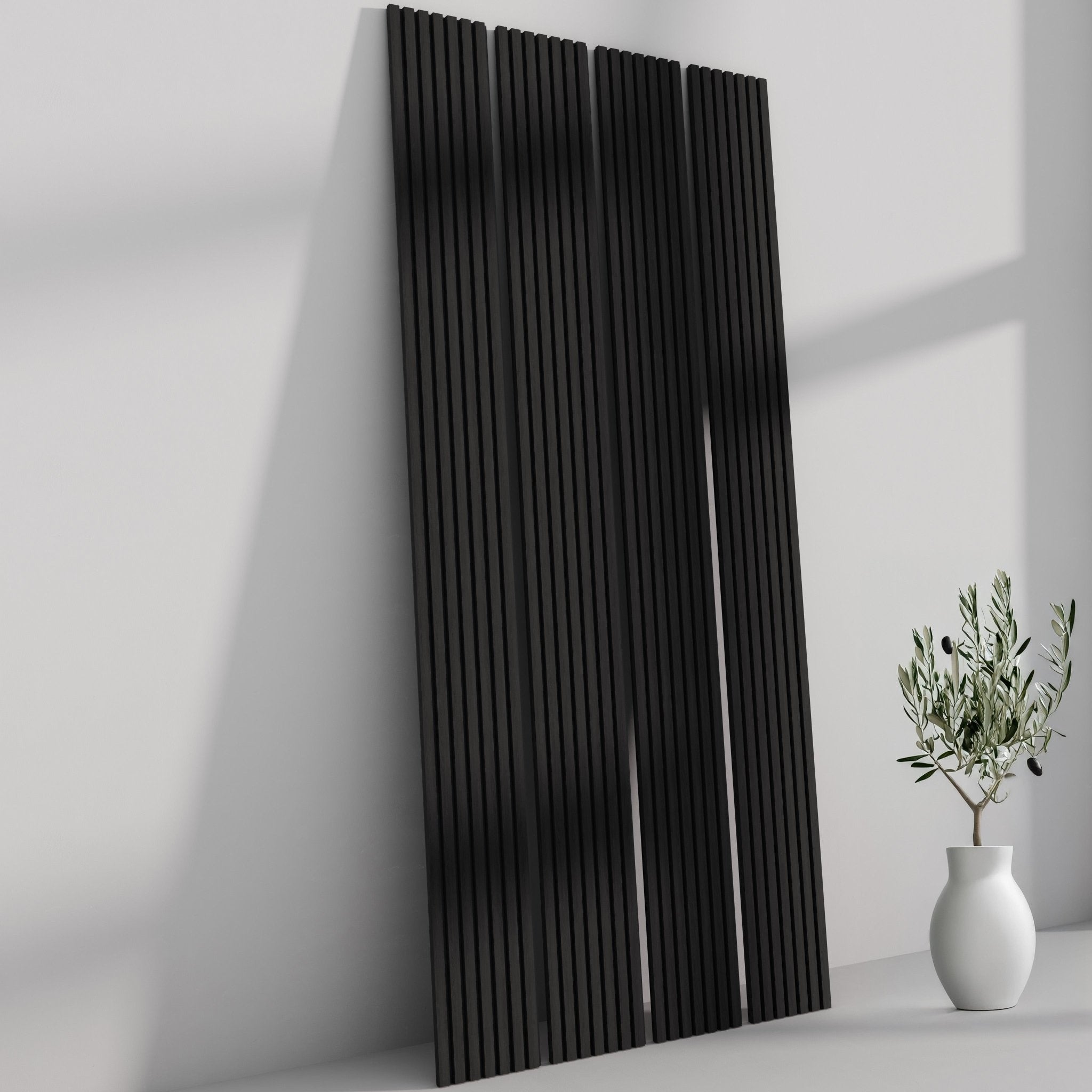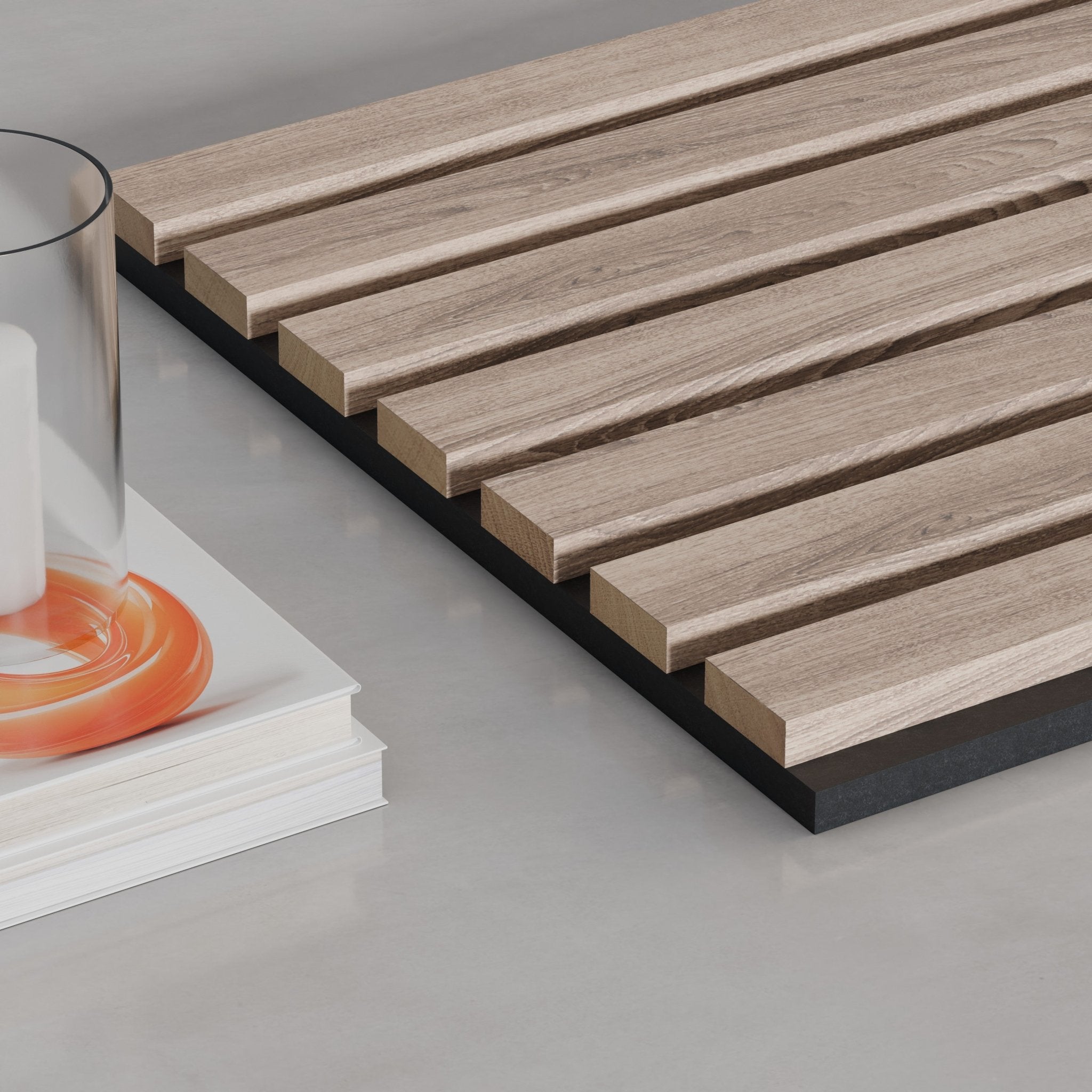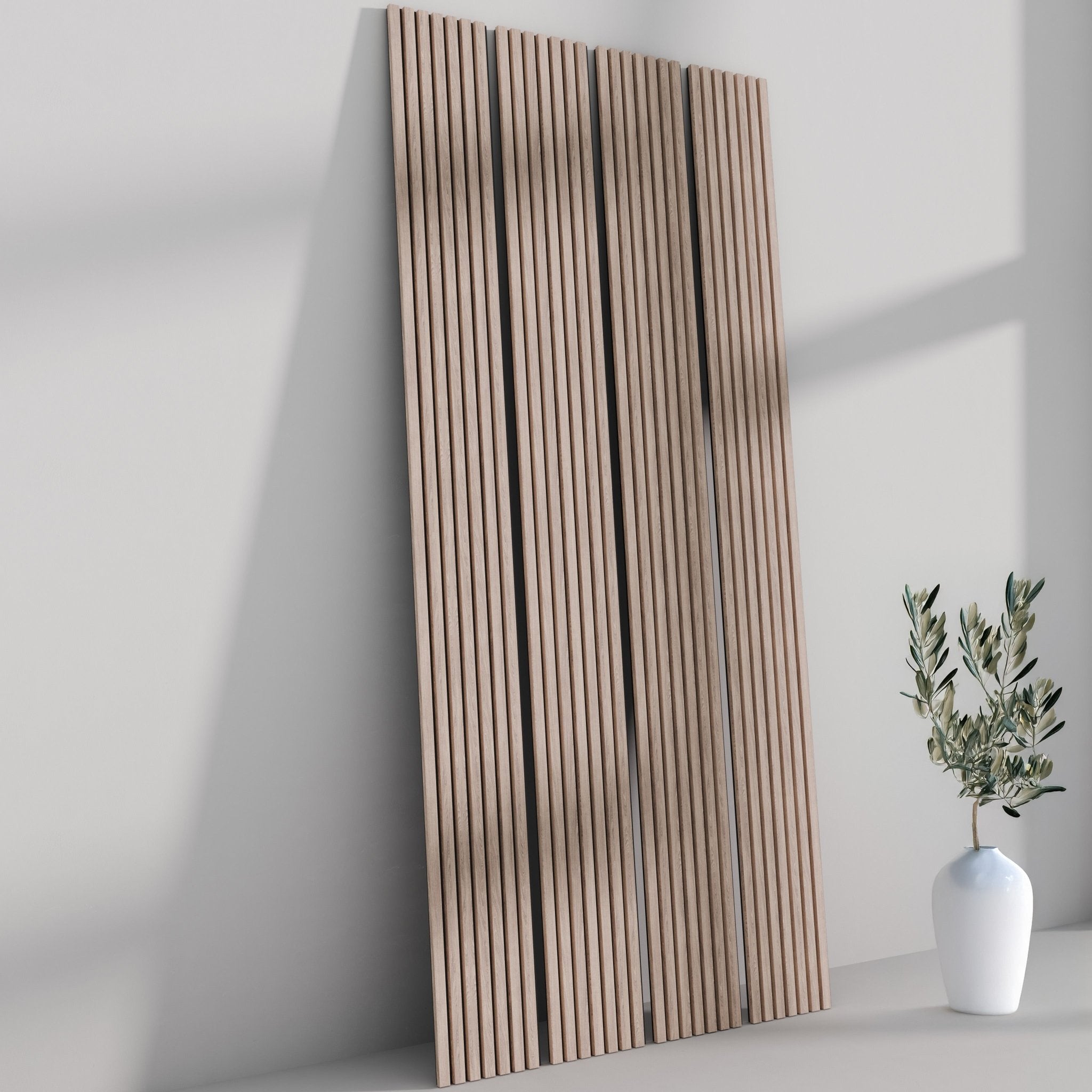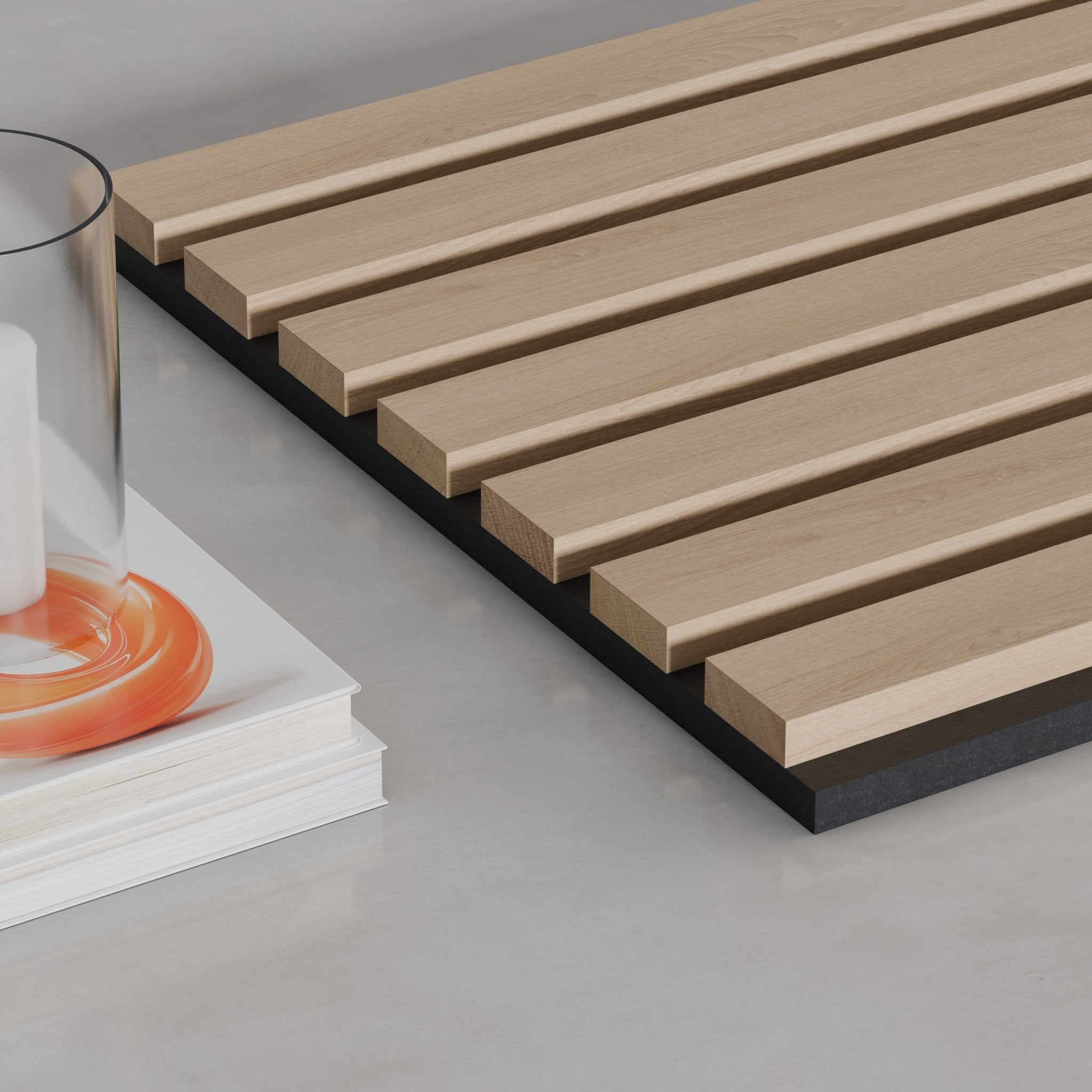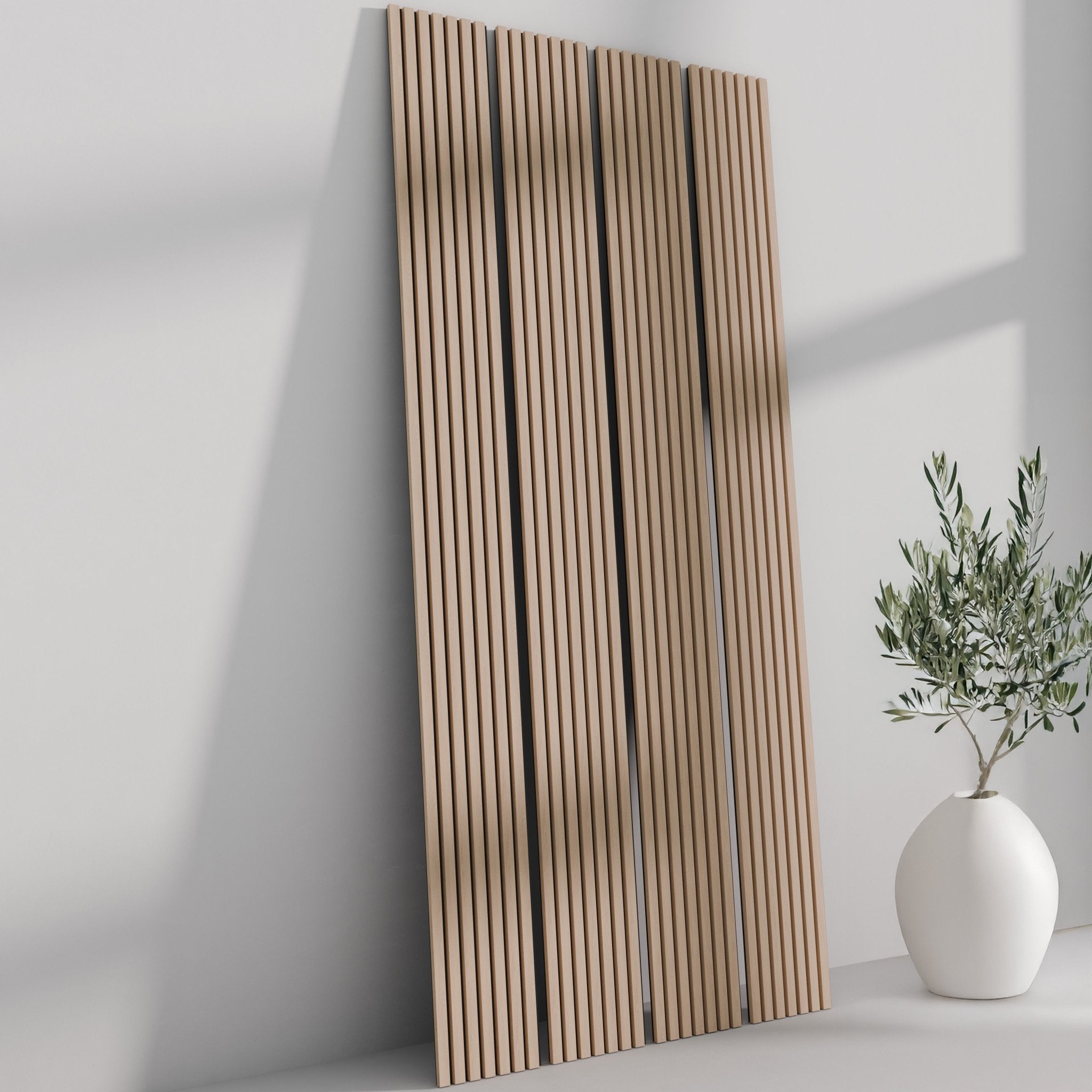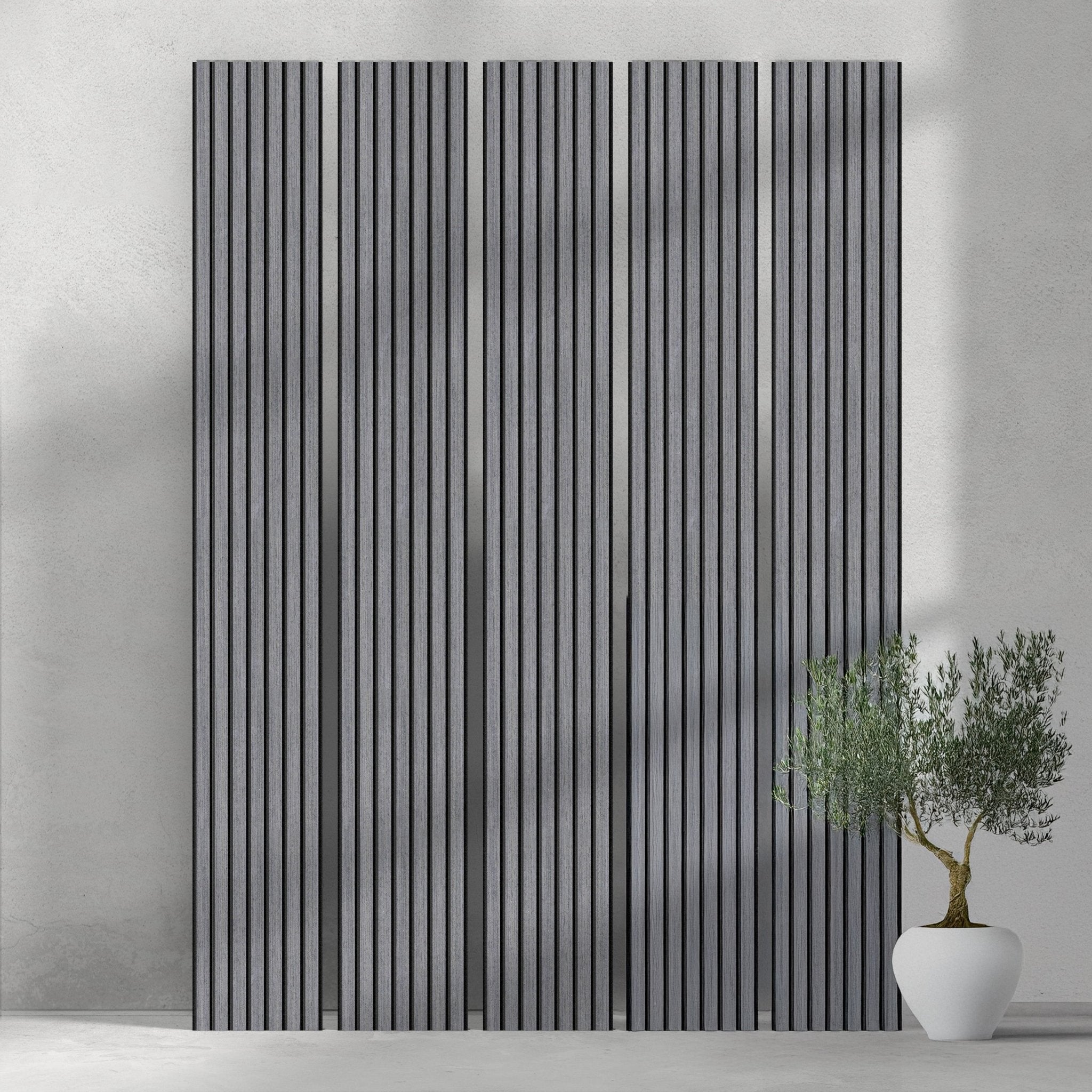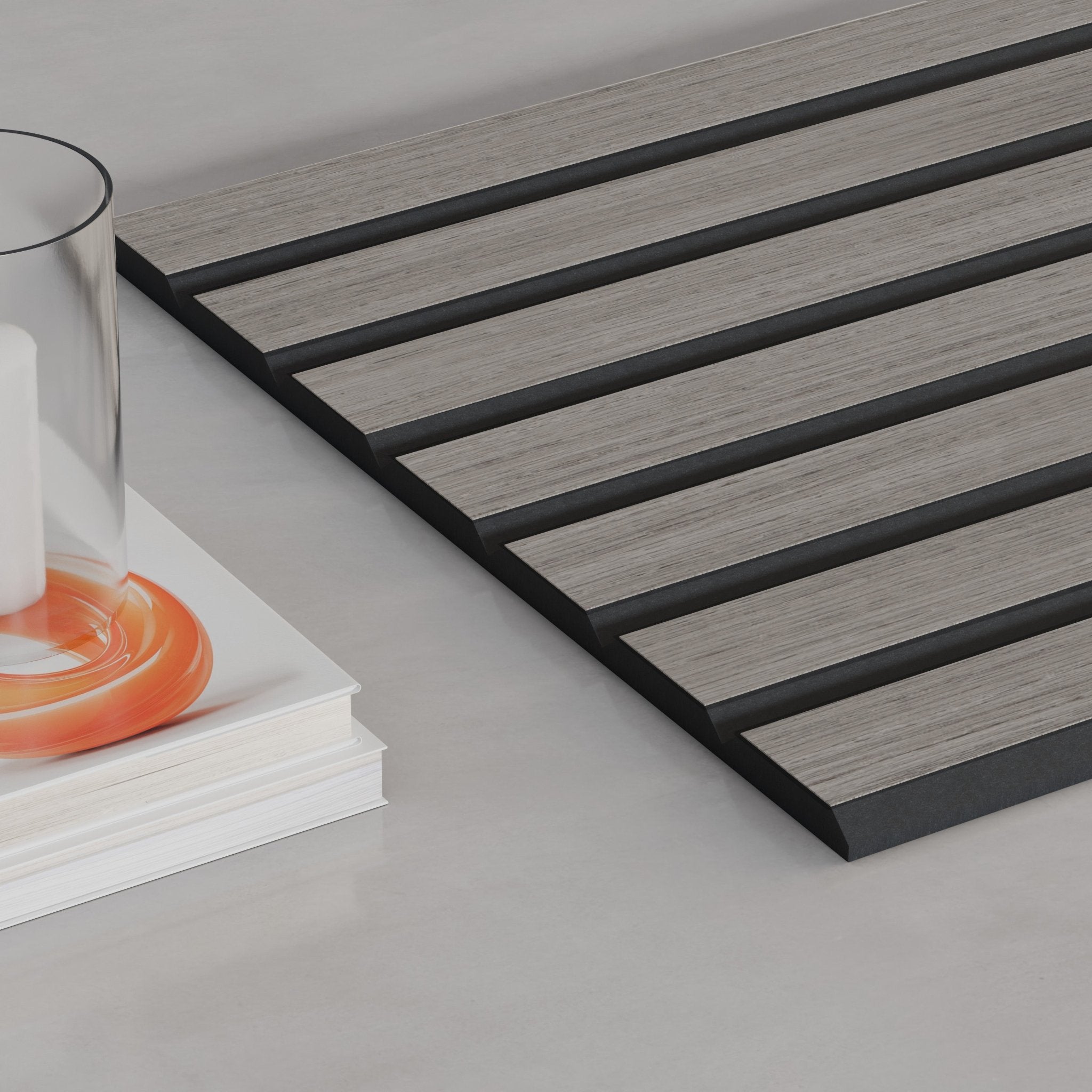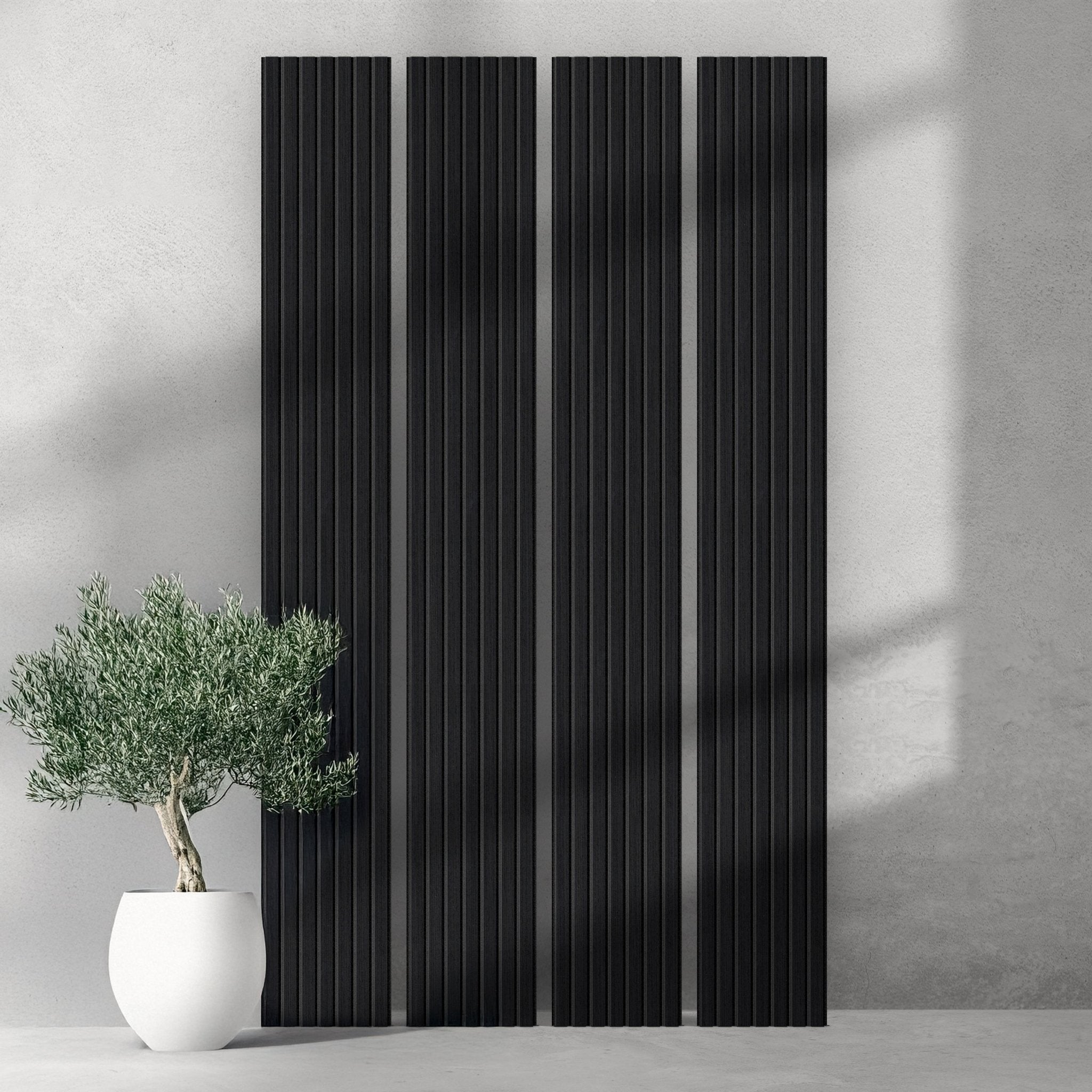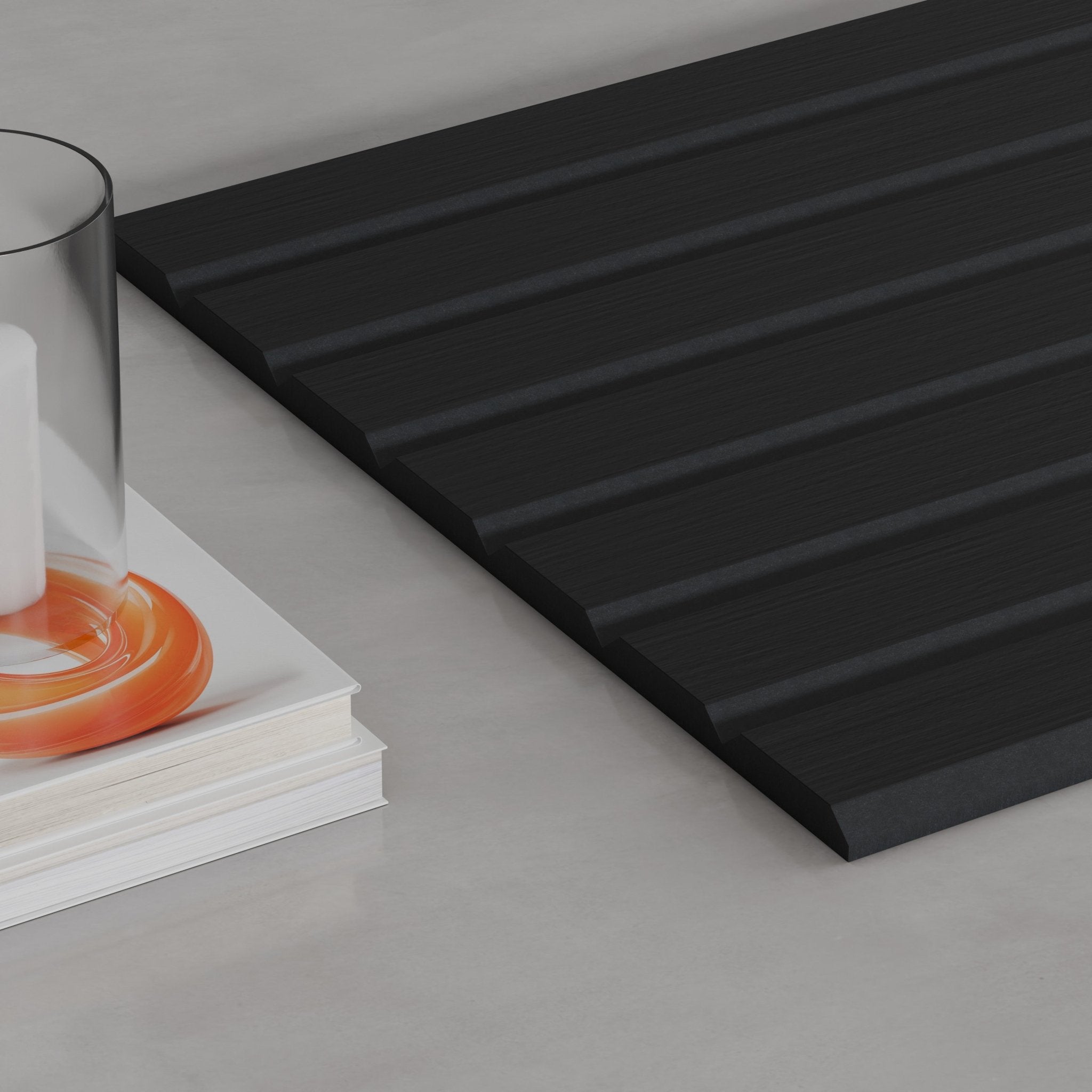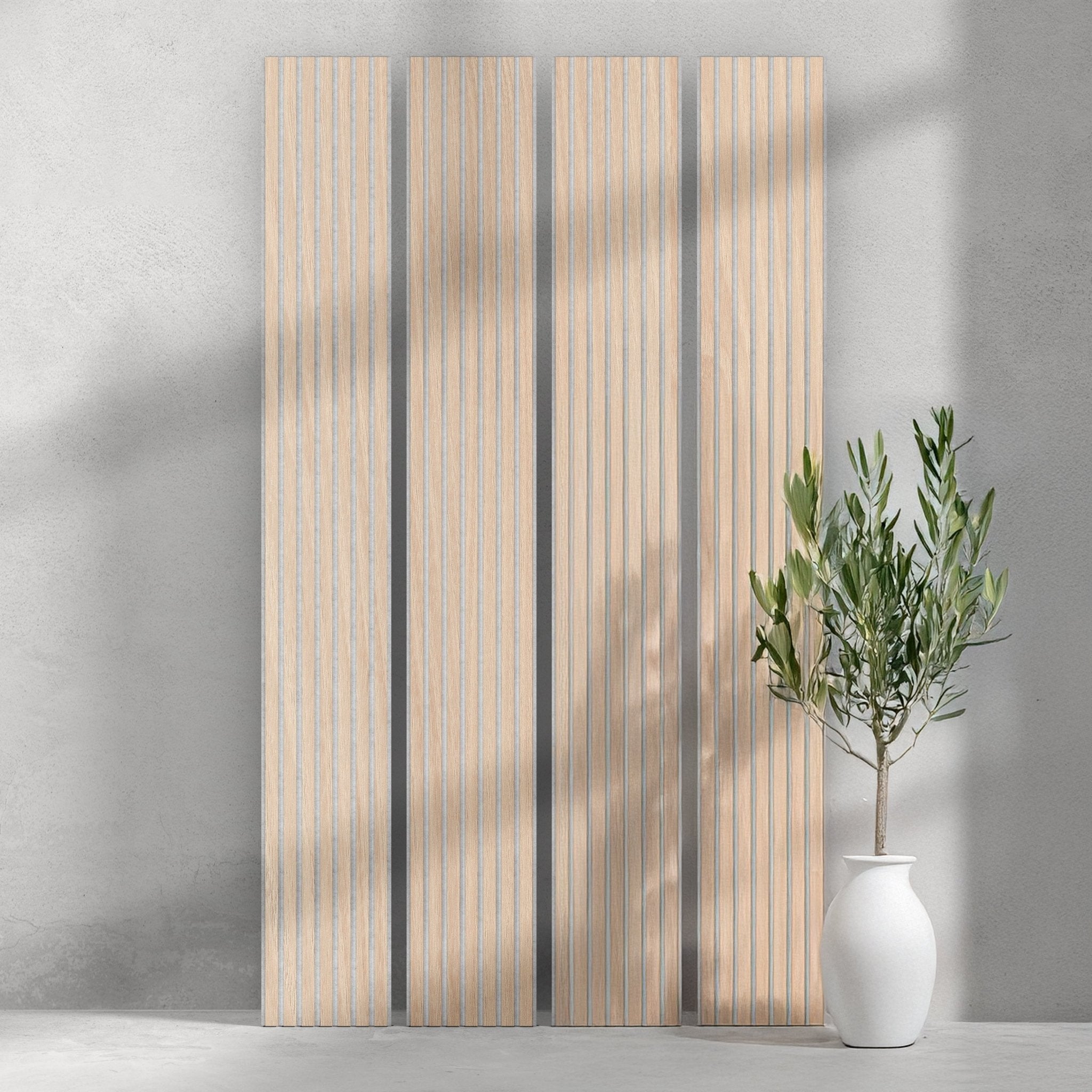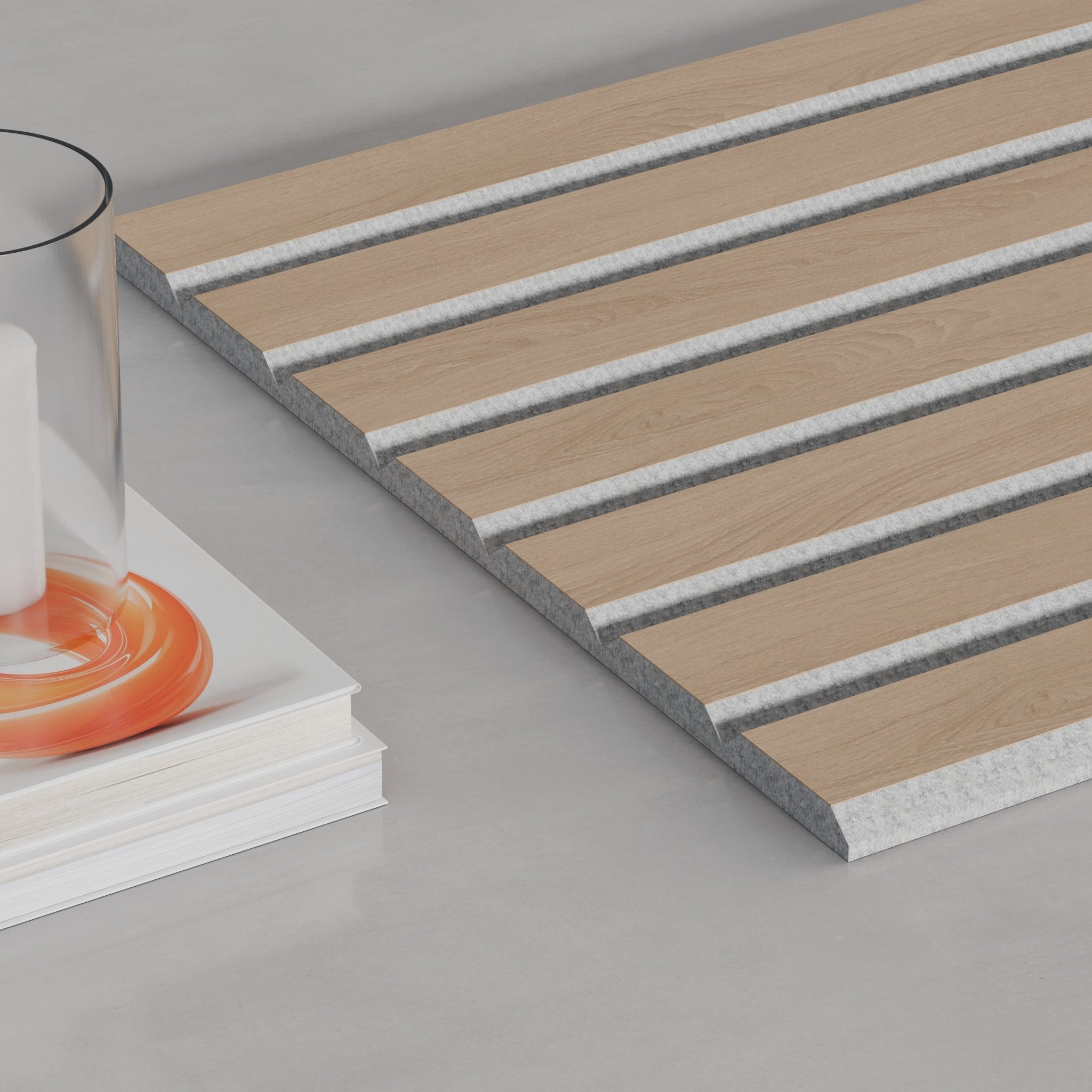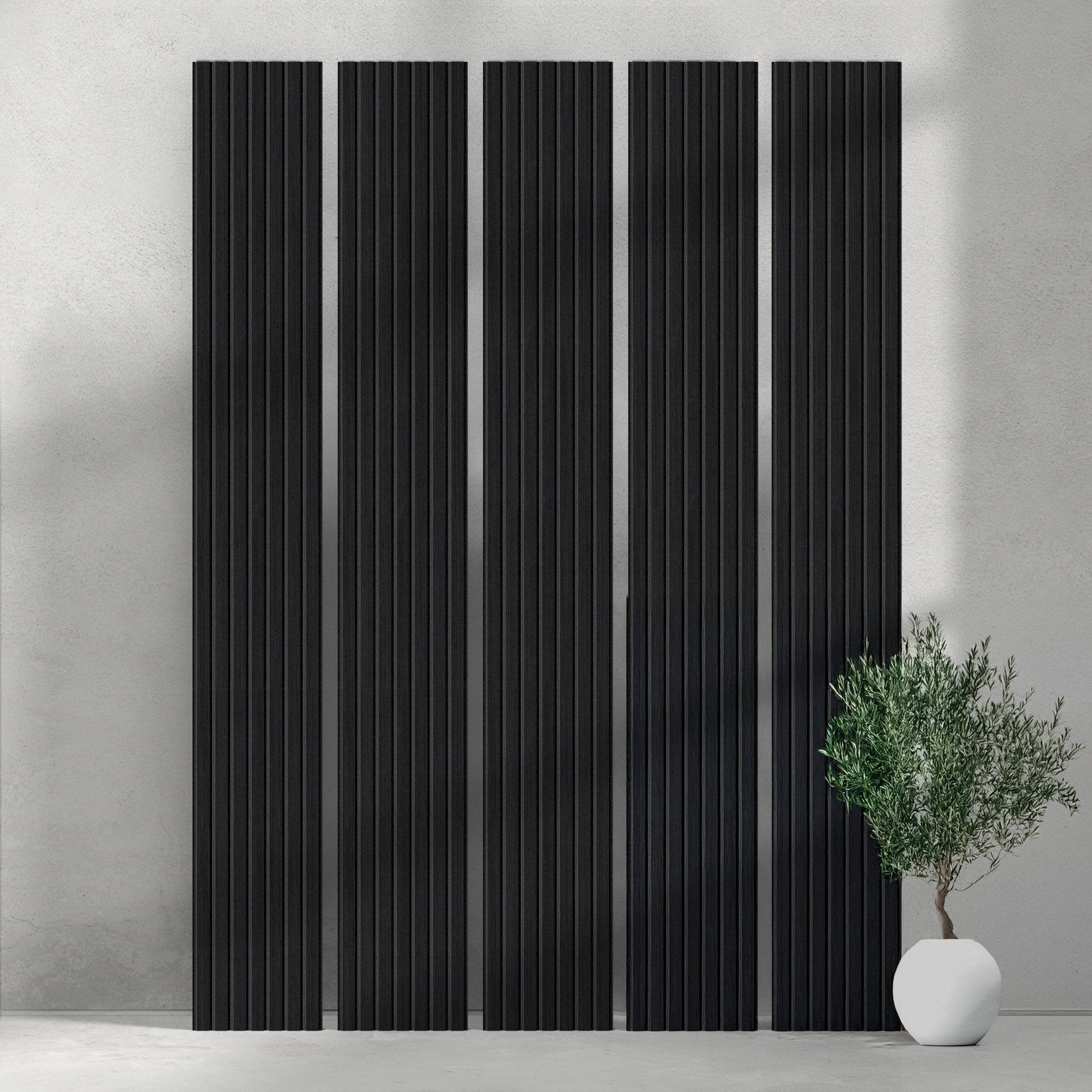Introduction
The integration of form and function is at the heart of modern interior design. One prime example of this balance is the use of wood slat acoustic panels. These panels not only significantly enhance the acoustics of a room but also add a contemporary aesthetic element that elevates the overall design. This article explores how wood slat acoustic panels have become a staple in modern interior design projects.
A Versatile Design Element
Texture and Depth
Wood slats add a tactile dimension to a room, providing texture and depth that is often lacking in modern spaces characterized by sleek surfaces.
Customization
One of the compelling features of wood slat acoustic panels is the degree to which they can be customized. Designers can choose different types of wood, stains, and panel orientations to create unique visual effects.
The Acoustic Aspect
Sound Absorption
Wood slat acoustic panels are designed to absorb or diffuse sound waves, reducing echoes and reverberations. This makes them ideal for settings where audio quality is crucial, such as home theaters or office meeting rooms.
Noise Reduction
In open spaces like office layouts or bustling restaurants, these panels serve to mitigate noise levels, creating a more comfortable and productive environment.
Sustainability Matters
Today’s modern design ethos leans heavily towards sustainability, and wood slat acoustic panels fit right into this trend. Panels made from sustainably sourced wood offer an eco-friendly design solution, ticking off both the aesthetic and ethical boxes.
Aesthetic Harmony with Other Materials
Wood and Metal
The organic texture of wood slats pairs beautifully with industrial elements like metal, creating a balanced contrast.
Wood and Glass
In spaces with glass partitions or large windows, wood slat panels can add warmth, offsetting the cold appearance of glass.
Easy to Integrate in Various Settings
Commercial Spaces
In retail shops, the panels can serve as aesthetic features that also improve the audio environment, enhancing customer experience.
Residential Areas
For homes, these panels can be integrated into living rooms, home offices, or even outdoor patios, marrying acoustic comfort with design.
Conclusion
Wood slat acoustic panels have carved a niche for themselves in the world of modern interior design, offering an attractive combination of acoustic optimization and aesthetic appeal. Their versatility, customization options, and compatibility with sustainable design practices make them a go-to choice for designers looking to create spaces that are both beautiful and functional. As the world leans more towards design solutions that offer multiple benefits, wood slat acoustic panels are clearly here to stay.


